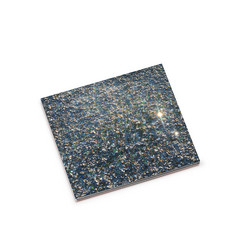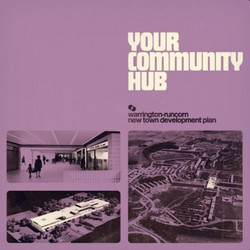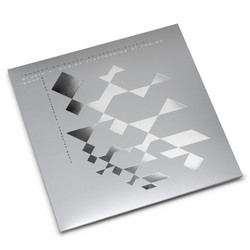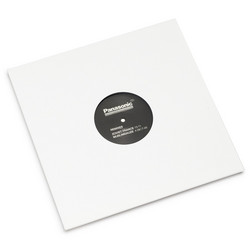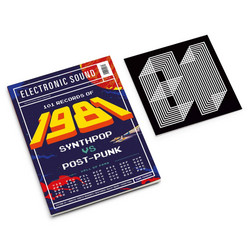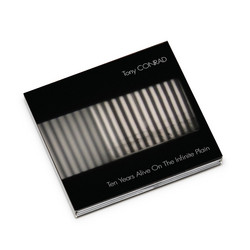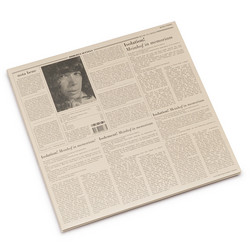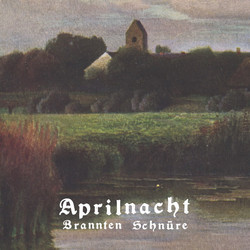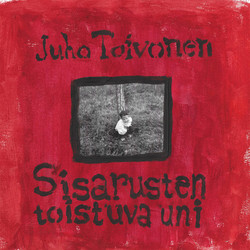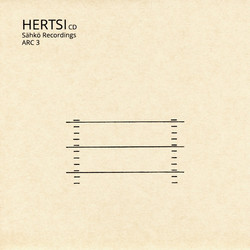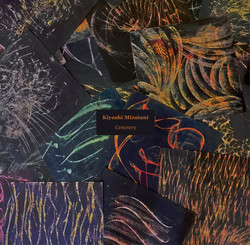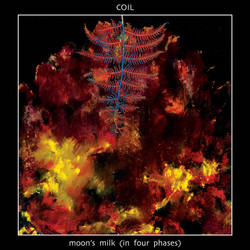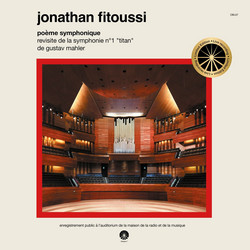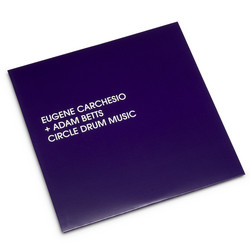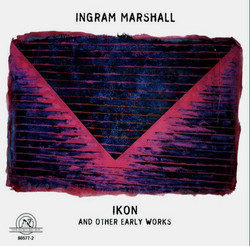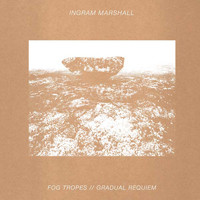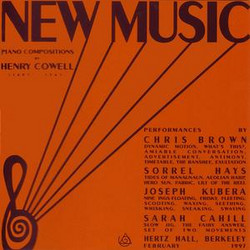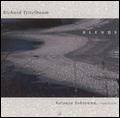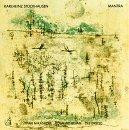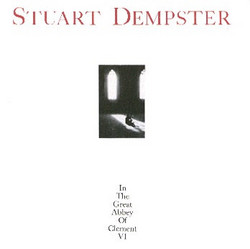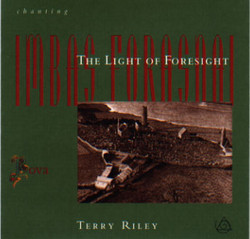After the satisfying experience of working with Libby Van Cleve on Dark Waters, we both decided another collaborative venture was in store for us. Although I am fond of the oboe itself, my preference for the lower range and darker timbres of its tenor and alto cousins led me to turn to the Oboe d'Amore, an instrument frequently found in Baroque music but rare in the modern repertoire. One of the most famous uses of the Oboe d'Amore in the Bach canon is found in the B Minor Mass, in the Basso aria 'Et in Spiritum Sanctum -- part of the Credo. There two Oboes d'Amore interweave lines with the singer which suggest not so much a rarefied holy spirit but a dancing one; the music has grace, flow and sprightliness. I have taken some snatches of melody from these parts and recreated my own take on the Holy Ghost. As the oboist plays the Bach fragments, digital delay processors echo them back and create spiraling rich textures which build up to create "ghosts" of the original material.
Rave was created for the choreographer Paula Josa-Jones who commissioned it for her solo dance work Raving in Wind. The imagery in the work was primarliy avaian which led me to explore the use of bird calls -- especially those of ravens and loons. The latter create haunting, plaintive cries, heard over northern lakes at night, as well as a kind of pealing laughter! The ravens have a most diverse vocabulary and are capable of an unusually complex array of sounds; I created a kind of gamelan with the few I sampled. In the middle section of the piece, the bird sounds give way to samples of southeast Asian instruments which share with the bird calls an elemental, primal sound; they too seem to emerge from the natural world. In the final section, all the sounds come together.
